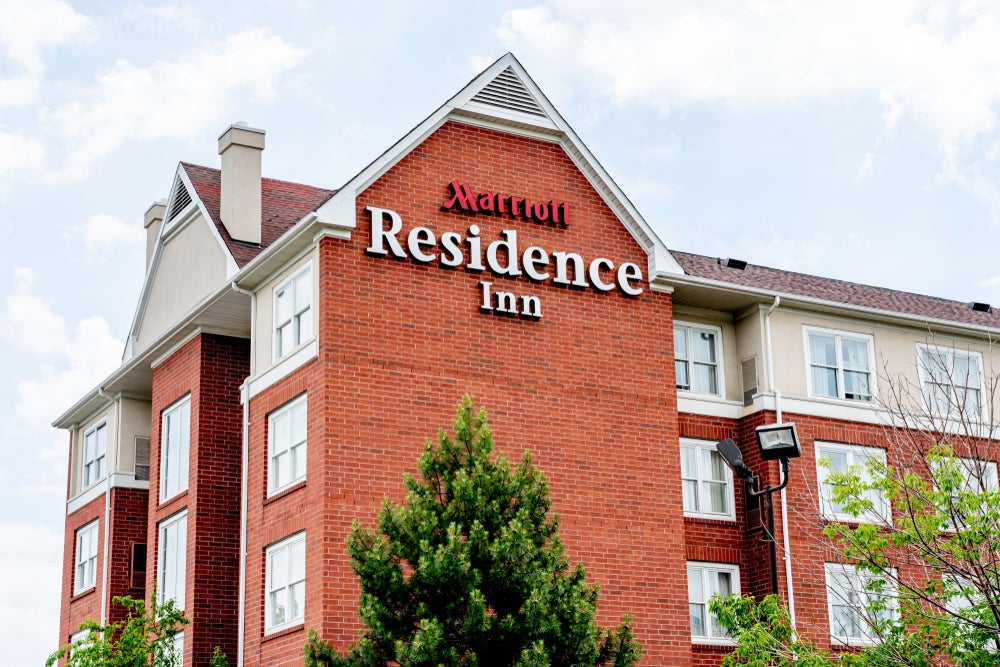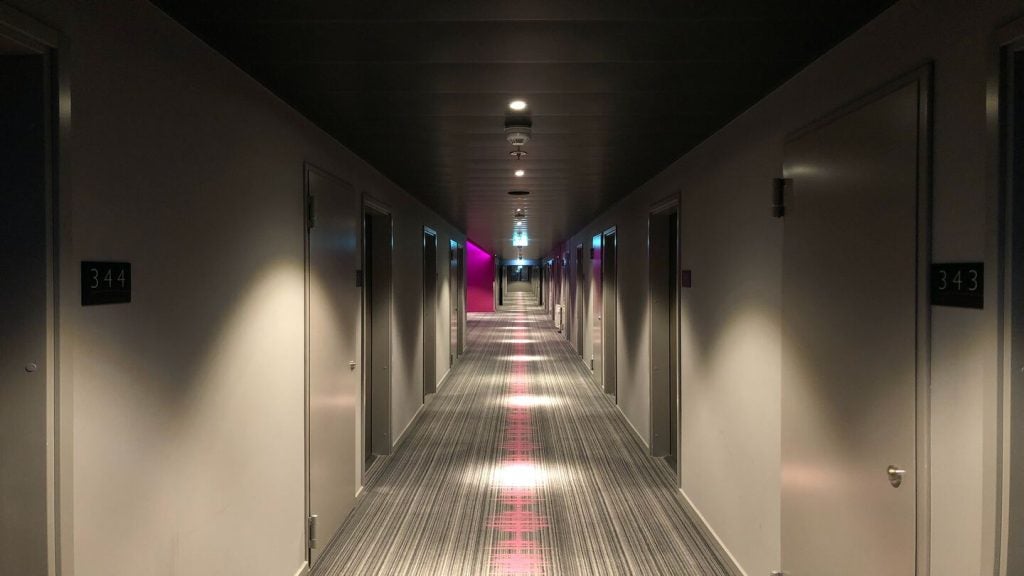Branded residences, a luxury real estate trend on the rise globally, have gained significant traction, particularly in the wake of the Covid-19 pandemic.
A branded residence allows buyers to own a property connected to prestigious hotels worldwide. This offers them a private, opulent living experience that combines top-notch hotel services, convenience and security.
There are two distinct types of branded residences. The first, exemplified by properties like The Peninsula Residences London and The OWO by Raffles (Old War Office), feature hotels on the premises.
The second type consists of developments affiliated with a hotel brand, where the staff may be employed by the hotel but without an actual hotel on-site, as seen with The Four Seasons in Grosvenor Square.
A lucrative investment opportunity
While the primary motive for purchase remains personal use, branded residences are now emerging as a compelling investment opportunity, particularly in select regions such as the Middle East.
In recent years, branded residences have witnessed a surge in popularity within the global super-prime real estate market. These exclusive properties offer an enticing blend of opulent living and top-tier hospitality services, creating a unique lifestyle experience.
The London branded residence market exhibits ongoing growth, suggesting an increasing prevalence in the future. These branded residences primarily target a high-end clientele. However, the absence of mid-market branded residences prompts consideration of whether there's room in the market for such buyers as well.
Despite the allure of branded residences as an investment, entering the UK market poses its set of challenges. Commercial and legal complexities may confront both operators and investors.















